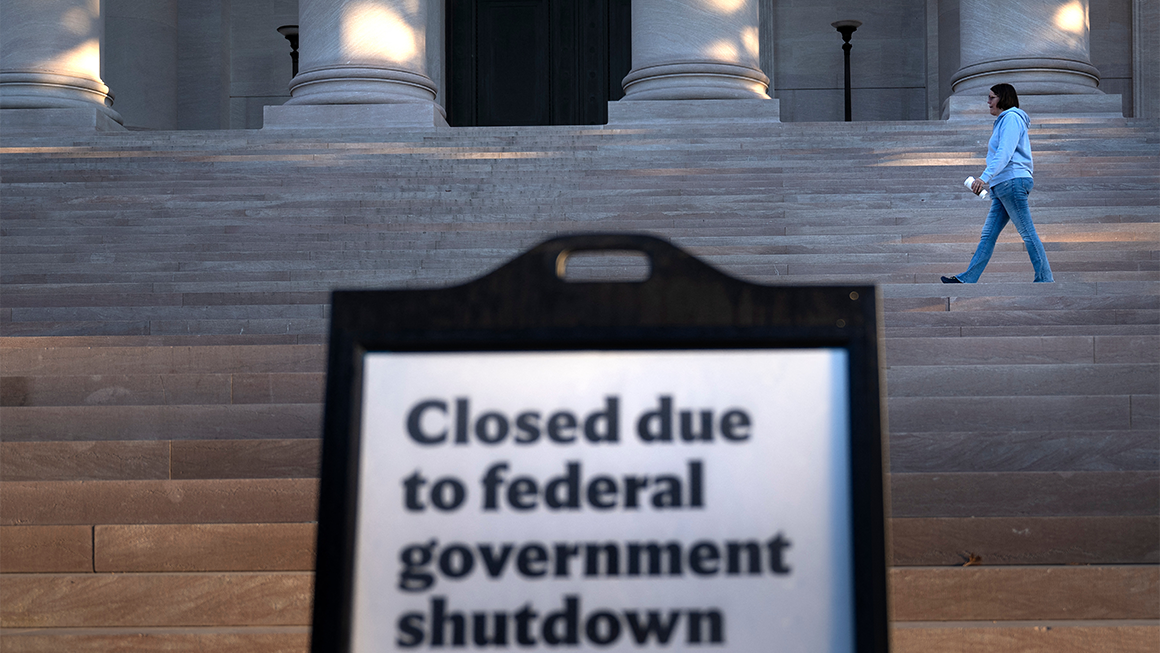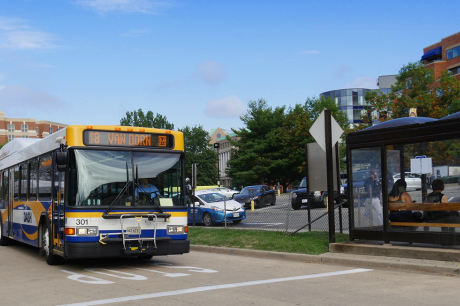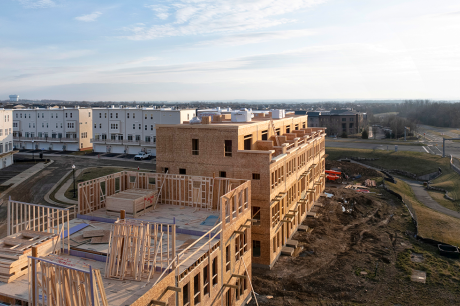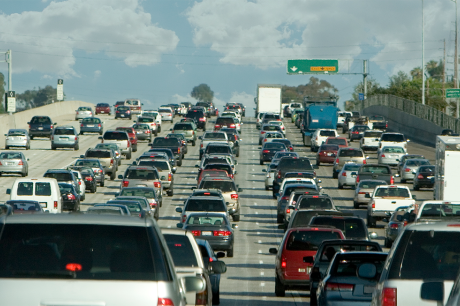Articles and analysis on today's issues

In this article, we explain nonprofits’ role in thriving communities, the amount of funding nonprofits receive from government sources, and the government funding challenges nonprofits were facing before the shutdown.
How Commuters with Low Incomes Use Public Transit and How One City Expanded Ridership Transportation is closely linked to upward mobility, but it can be expensive and hard to access. Local leaders can look to Alexandria, Virginia, and the Upward Mobility Data Dashboard for strategies to address transportation barriers in their communities.Automatic Enrollment in Discounted Transit Fare Programs Can Support Higher Participation: Lessons from Philadelphia Philadelphia’s Zero Fare program serves as a prime example for cities and transit agencies interested in increasing ridership and implementing income-based, discounted fare programs.Opportunity Zones Need to Be Retooled to Achieve Impact More than $100 billion has been invested in Opportunity Zones since 2018, but evidence shows this capital has mostly gone to areas already receiving greater investment, not to areas truly in need.Proposed Cuts to SNAP Could Jeopardize Nutrition for Almost 3 Million Young Adults Almost 3 million young adults rely on benefits through the Supplemental Nutrition Assistance Program to afford healthy meals, which in turn helps them successfully transition to adulthood.Nearly 900,000 Additional People Could Be Pushed into Poverty in a Recession by SNAP Cost-Sharing Plan With Congress considering cuts to the Supplemental Nutrition Assistance Program, some proposals would require states to shoulder more of the burden, putting the benefits at risk.Improving Environmental Quality Can Boost Communities’ Upward Economic Mobility The air we breathe, the water we drink, the toxins we’re exposed to, and the disasters we experience affect our overall health and well-being—and, in turn, our educational and financial outcomes.





